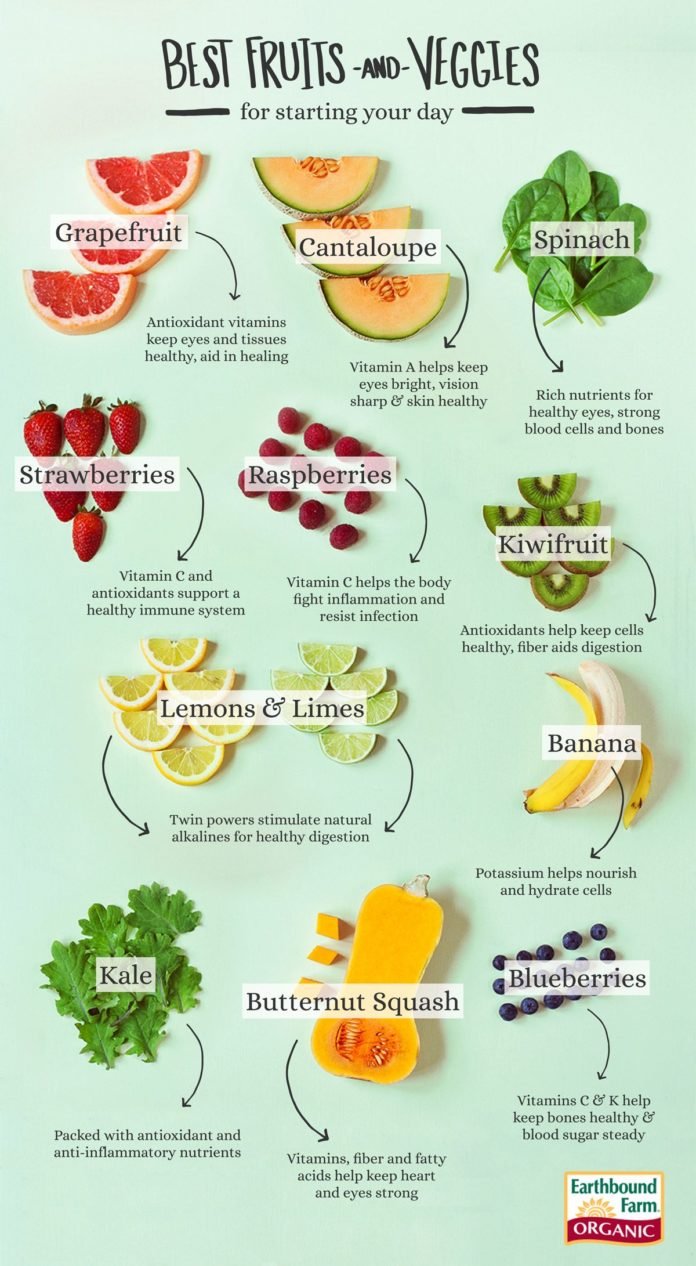The best diet-whether you’re attempting to shed extra pounds or just trying to stay healthy-is a well-balanced one. Well-balanced means your daily diet should include foods from all food groups.
Variety in the foods you eat is the key to getting the nutrients you need. Each food has a unique combination of nutrients. Some are good sources of several nutrients, others don’t supply much at all, except calories.
No food provides all the nutrients needed by the body; thus, variety on a daily basis is a good idea.
The Dieter’s Best Friends
Vegetables and fruits are generally low in calories, have little or no fat, contain vitamins and minerals, and provide fiber. And fresh fruits can satisfy an urge for sweetness in your diet. In other words, vegetables and fruits are a dieter’s best friends.
Choose at least four servings a day from this group, including one good vitamin C source. Deep-yellow or dark-green vegetables (for vitamin A) and unpeeled fruits and vegetables and those with edible seeds, such as berries (for fiber), should also be included frequently.
Count as a serving 1/2 cup of foods like orange juice, applesauce, berries, or cooked vegetables; or a typical portion, such as one small banana, an apple, half of a medium grapefruit or cantaloupe, a bowl of salad, half of an acorn squash, or one medium potato.
Although vegetables and fruits can differ in their nutrient contributions, they are particularly important in low-calorie diets.
Citrus fruits (oranges, grapefruits, tangerines, and lemons), melons, berries, and tomatoes are all reliable sources of vitamin C. Apricots and cantaloupe also provide vitamin A.
Bananas are a good source of vitamin B6 and magnesium. Dark-green vegetables provide vitamins A, B6, C, riboflavin. folacin. and the minerals, magnesium and iron. Dark leafy greens, such as collards, mustard, turnip, and kale, provide calcium.
Vegetables, such as potatoes and winter squash, supply starch, fiber, and iron to your diet. Potatoes also contribute vitamins C and B6, and sweet potatoes are an excellent source of vitamin A.
Most fresh vegetables contain only minimal amounts of sodium. However, processing may change the picture. Canned vegetables and vegetable juices generally have salt added.
In some frozen foods, like green peas and lima beans, a brine solution is used during processing. So these frozen vegetables may have a higher sodium content than their fresh counterparts. [source: Food and Nutrition]

